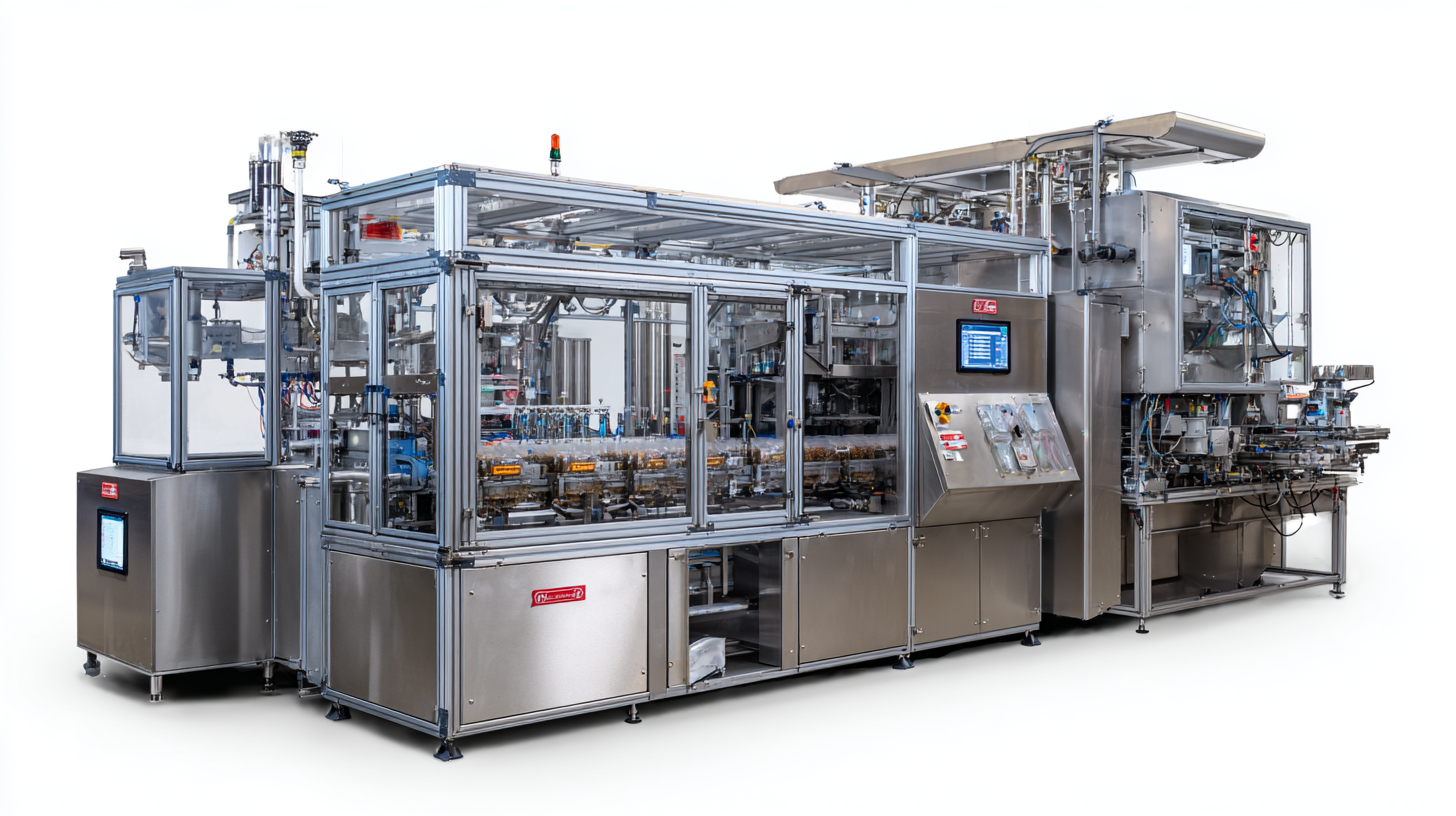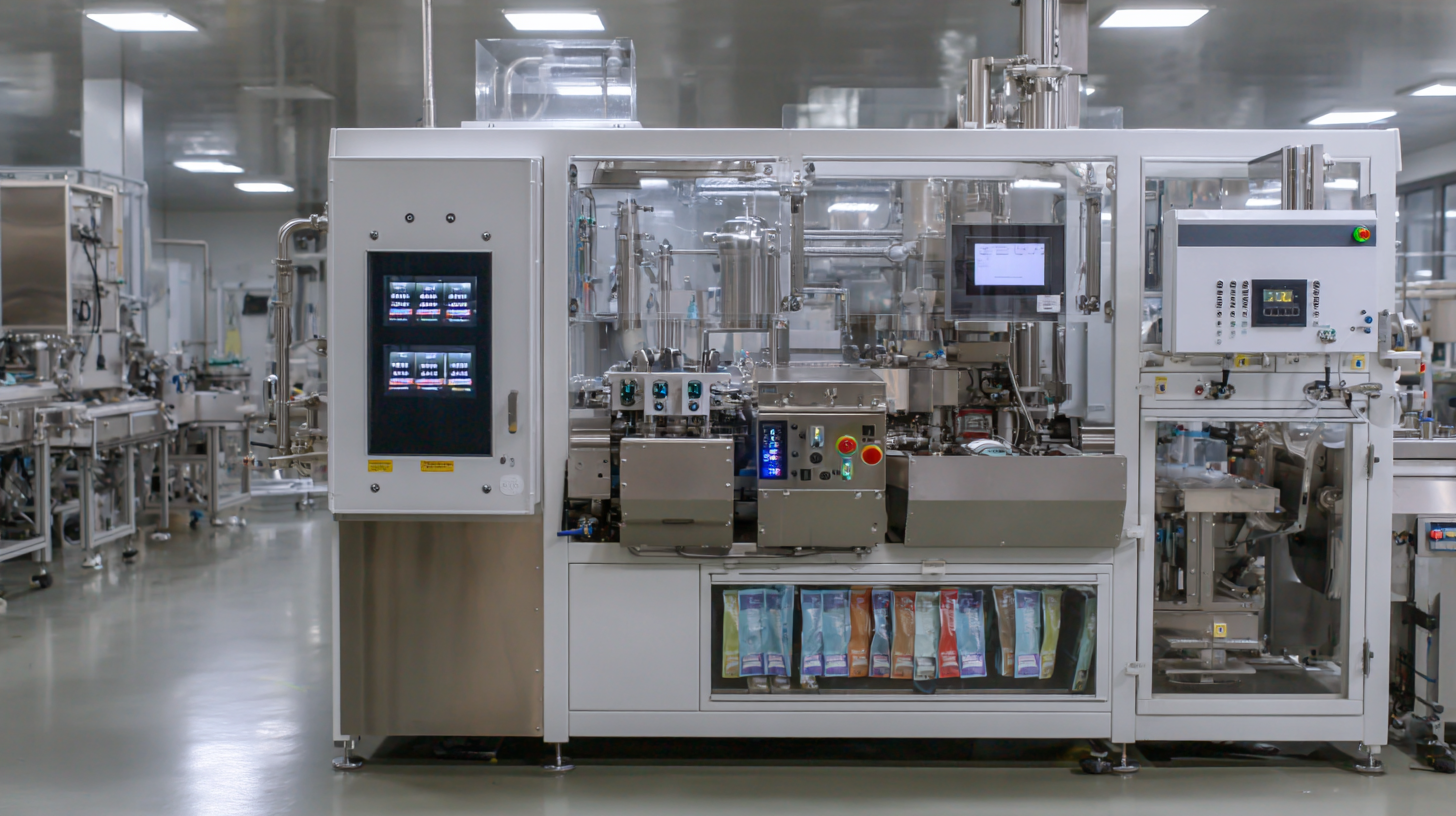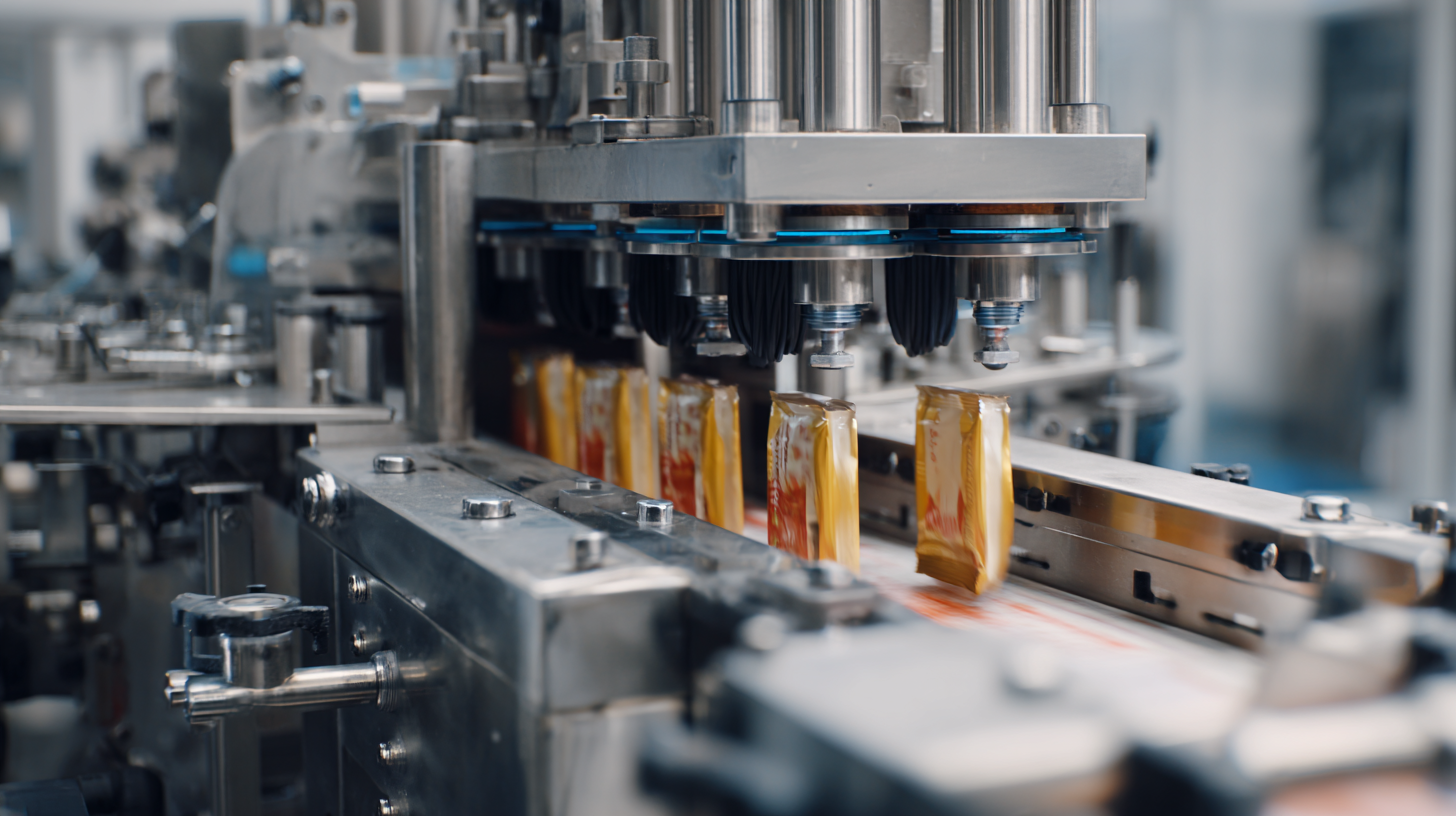Maximizing ROI: How the Best Food Pouch Machine Ensures Low Maintenance Costs and Superior After-Sales Support
In the highly competitive food packaging industry, maximizing return on investment (ROI) is crucial for businesses looking to thrive and sustain growth. One key player in achieving this goal is the food pouch machine, designed not only to enhance efficiency but also to reduce maintenance costs significantly. In this blog, we will explore how selecting the right food pouch machine can ensure low maintenance expenses while providing superior after-sales support, ultimately leading to increased profitability. We'll delve into the importance of industry certification for import and export operations, highlighting how these credentials can impact the choice of machinery and the overall success in international markets. By understanding these dynamics, companies can make informed decisions that enhance their packaging processes and reinforce their market position.

Benefits of Investing in a High-Quality Food Pouch Machine for ROI
 Investing in a high-quality food pouch machine can significantly boost your return on investment (ROI) through enhanced efficiency and reliability. These machines are engineered to minimize downtime with robust components and advanced technology, meaning fewer interruptions in production. A well-built food pouch machine not only streamlines operations but also ensures consistent quality, helping businesses meet consumer demand more effectively.
Investing in a high-quality food pouch machine can significantly boost your return on investment (ROI) through enhanced efficiency and reliability. These machines are engineered to minimize downtime with robust components and advanced technology, meaning fewer interruptions in production. A well-built food pouch machine not only streamlines operations but also ensures consistent quality, helping businesses meet consumer demand more effectively.
Moreover, the superior after-sales support that accompanies premium machines makes a notable difference in maintenance and operational costs. Access to knowledgeable technicians and comprehensive service packages can extend the lifespan of your equipment and reduce the frequency of repairs. This proactive approach to maintenance ensures that your operations run smoothly, translating potential savings into a more favorable ROI. Ultimately, investing in a high-quality food pouch machine is not just about the initial purchase; it's a strategic decision that can drive long-term profitability and success in the competitive food industry.
Key Features of Food Pouch Machines That Minimize Maintenance Costs
When selecting a food pouch machine, understanding the key features that minimize maintenance costs is crucial for maximizing return on investment (ROI). One of the primary aspects to consider is the use of robust materials and innovative engineering designs that enhance durability. Machines constructed from high-quality stainless steel, for example, are not only resistant to corrosion but also facilitate easier cleaning and maintenance, thereby reducing downtime and repair expenses over time.
Another significant feature is the integration of advanced technology, such as sensors and automated systems, which help in monitoring the machine's performance and identifying potential issues before they escalate. This predictive maintenance capability not only streamlines operations but also extends the lifespan of the equipment. Additionally, a user-friendly interface allows operators to quickly troubleshoot minor problems without the need for extensive technical support, further lowering maintenance costs.
Lastly, superior after-sales support plays a vital role in minimizing maintenance-related expenses. Manufacturers that offer comprehensive training, readily available spare parts, and efficient customer service ensure that any issues can be resolved swiftly. This solid support system not only keeps machines running smoothly but also provides peace of mind, allowing businesses to focus on growth and productivity.
The Importance of After-Sales Support in Maximizing Equipment Longevity
After-sales support plays a crucial role in maximizing the longevity of food pouch machines. Once the equipment is installed, ongoing maintenance and prompt assistance become vital aspects of operational efficiency. Quality after-sales service ensures that any issues are addressed swiftly, minimizing downtime and production losses. Regular maintenance checks, provided through comprehensive support contracts, can help identify potential problems before they escalate, ultimately extending the lifespan of the machinery.
Furthermore, knowledgeable after-sales support teams offer training for operators, enhancing their understanding of the machine's features and functions. This increased proficiency not only boosts productivity but also reduces the likelihood of user-induced errors that can lead to costly repairs. By fostering a strong relationship between manufacturers and users, effective after-sales support creates an ecosystem where machinery is continuously optimized, benefiting both the business's bottom line and the longevity of the equipment.
Maximizing ROI: Maintenance Costs and After-Sales Support Impact on Equipment Longevity
Real-Life Case Studies: Success Stories of Low-Cost Maintenance in Food Packaging
When it comes to food packaging, the right equipment can make all the difference in maintaining operational efficiency while minimizing costs. In our exploration of real-life case studies, many businesses have reported significant savings through the use of advanced food pouch machines, which not only streamline production but also reduce long-term maintenance expenses. These machines are designed with durability in mind, featuring high-quality components that promise longevity and reliable performance.
One standout success story comes from a mid-sized snack manufacturer that transitioned to a modern food pouch machine. By prioritizing equipment with low-maintenance needs, they experienced a remarkable reduction in downtime. In addition, they benefitted from excellent after-sales support, ensuring that any potential issues were resolved promptly, avoiding costly interruptions in their production line.
**Tip:** When selecting a food pouch machine, always inquire about the system’s maintenance requirements and support offerings to ensure they align with your operational needs.
Another case highlighted a sauce producer that leveraged the advanced features of their food pouch machine, enabling them to automate cleaning processes. This innovation not only saved labor costs but also minimized the risk of cross-contamination.
**Tip:** Opt for machines that feature easy disassembly and automated cleaning functions to significantly cut maintenance time and labor costs.
Maximizing ROI: How the Best Food Pouch Machine Ensures Low Maintenance Costs and Superior After-Sales Support
| Case Study | Initial Investment ($) | Annual Maintenance Cost ($) | Support Response Time (Hours) | ROI after 3 Years (%) | Customer Satisfaction (1-10) |
|---|---|---|---|---|---|
| Case Study 1 | 50,000 | 2,500 | 4 | 150% | 9 |
| Case Study 2 | 40,000 | 1,800 | 3 | 175% | 8 |
| Case Study 3 | 60,000 | 3,000 | 6 | 140% | 9 |
| Case Study 4 | 55,000 | 2,200 | 5 | 160% | 10 |
Future Innovations in Food Pouch Technology: Trends to Watch For
The food pouch industry is on the brink of significant innovation, with several trends emerging that promise to enhance efficiency and sustainability. As reported by the Packaging Machinery Manufacturers Institute (PMMI), the global food packaging market is expected to reach $500 billion by 2025, driven by consumer demand for convenience and eco-friendly options. One of the key trends is the rise of smart packaging technology, which integrates sensors to monitor freshness and improve inventory management. This technology not only extends the shelf life of products but also reduces waste significantly.

Another noteworthy trend is the growing emphasis on sustainable materials in food pouch production. According to a recent study by Allied Market Research, the biodegradable packaging market is projected to grow at a CAGR of 14.5% from 2021 to 2030. As companies strive to meet consumer expectations for environmentally responsible products, innovations such as plant-based materials and compostable pouches are becoming increasingly popular. This shift not only aligns with consumer values but also offers a competitive edge in a crowded marketplace where sustainability is paramount.
Moreover, advancements in automation and artificial intelligence are set to revolutionize production lines, improving speed and accuracy while lowering labor costs. The Food Processors Association has indicated that automating food packaging processes can lead to a 20% reduction in operational costs. Companies that invest in these technologies will likely see a significant return on investment, positioning themselves as leaders in the evolving landscape of food pouch technology.
